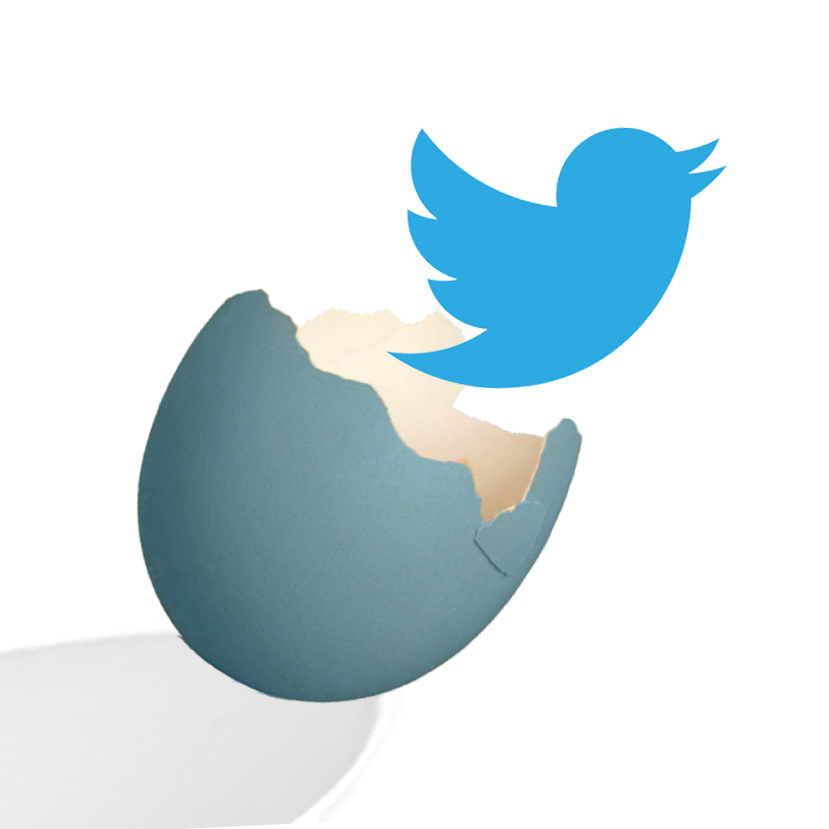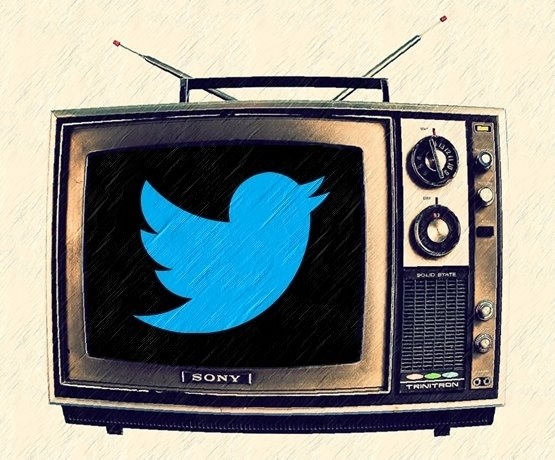I’ve now been on Twitter for 80 days. In the amount of time it took Phileas Fogg to travel around the world, I have sent some 200 tweets and gained more than 400 followers.
I purposefully have not used any cheats or tricks to build traffic. I have used only Twitter’s own app and website. I wanted to immerse myself in the world of Twitter without any outside aids.
There are some parts of Twitter I like, but there are also some aspects that are incredibly frustrating. In the grand tradition of the Twitter listicle, here are my 8 observations about this much-discussed social network.
1) RAVE: Reach important people. On this blog I’ve reviewed several bestselling books. I use Twitter to reach out to the authors and let them know about my commentary. Some of these authors have responded. Without Twitter, I’d have no way of reaching these important influencers directly.
2) RANT: Twits and bots. Even though I only follow “real” people, a huge amount of my Twitter feed is garbage generated by software. Some users retweet their content over and over, while others have programs that automatically list their new followers or spout other junk (the worst offenses come from a tool called commun.it; if you let this program send tweets on your behalf, you are spamming your followers). I end up muting ¾ of my followees. The best content in my feed comes from publications I read anyway outside of Twitter, so I end up ignoring the feed most of the time. It’s just too hard to get interesting content into my feed and I’ve largely given up.
 3) RAVE: Networking with no intermediary. I enjoy meeting people with common business interests, and twice so far I’ve met people for coffee who I found on Twitter. It’s a great addition to in-person networking. Twitter gives a good insight into whether two people share complementary backgrounds and offers a natural way to start a conversation, something LinkedIn lacks.
3) RAVE: Networking with no intermediary. I enjoy meeting people with common business interests, and twice so far I’ve met people for coffee who I found on Twitter. It’s a great addition to in-person networking. Twitter gives a good insight into whether two people share complementary backgrounds and offers a natural way to start a conversation, something LinkedIn lacks.
4) RANT. Banality sells. As I hinted above, the most common content in my feed is in list form. And not good lists – it’s mostly warmed-over thought soup. I try hard to produce interesting content, but I can’t see a way to break through the mediocre material that many other creators are promoting. My most popular blog post broke through because I tweeted it many times. I don’t understand why my most favorited Twitter post is uniquely popular. Conclusion: Twitter rewards frequency not quality, which means it feels a lot like spam. Speaking of which…
5) FROTHING RANT. Direct messages are completely broken. Every direct message I’ve received, without exception, is spam. This bears repeating: I’ve received at least 100 direct messages, usually right after following someone. Every single one was a piece of garbage generating by a bot, usually asking me to interact on another channel. Early on I tried responding to some of these messages, but after about 10 replies got no response I stopped trying. Because direct messages are spam, of course, and the people who run the bots don’t read their direct messages either. It’s hard to overstate how bad this is for Twitter’s brand. Every other half-decent service solved spam years ago. I keep spam off my blog for free with Akismet, for example. How is this so hard? Why can’t I fix this in Twitter’s native app?
6) ECSTATIC RAVE. Unrivaled for breaking news. This summer I learned that a wildfire was devastating Middletown, CA, on Twitter. Periscope users were live-broadcasting the fires. This level of immediacy isn’t available anywhere else, and offers the most powerful argument I can think of in favor of Twitter. While this observation is as old as Twitter itself, I didn’t fully appreciate its power until an urgent and unfiltered breaking event appeared on my feed.
7) RANT. Where is everybody? 90% of my real-life friends are on Facebook (a steady trickle quits). 99% of my business contacts are on LinkedIn. But only around half of my friends and colleagues are on Twitter, and half of this group have abandoned their accounts. Very few of my interactors are people I know in real life. It’s not necessarily a problem but also not what I expected. Twitter didn’t build universal appeal and the quitters don’t seem likely to come back.
 8) RAVE. Live other lives. One of the pressing problems with other digital networks – indeed, with much of the Internet – is that they constrict your experience to people like you. When you choose a virtual town square over its physical equivalent, you inevitably filter out those who don’t share your experiences, interests, prejudices, and background.
8) RAVE. Live other lives. One of the pressing problems with other digital networks – indeed, with much of the Internet – is that they constrict your experience to people like you. When you choose a virtual town square over its physical equivalent, you inevitably filter out those who don’t share your experiences, interests, prejudices, and background.
Twitter offers a way out of this troubling social trend because an entirely different group of people is just a click away. My favorite Twitter pastime is clicking on a random trending topic and trying to learn what it is and why people care about it. A click puts me in the middle of Argentinian politics, tween angst, or a college football rivalry. I learn something and, just maybe, gain a little empathy. For all its problems, Twitter may be the first platform that really can unleash the universalist ideals the Internet was founded on (remember those?) Global harmony! Peace and freedom! Reality is always more complicated than utopia, but Twitter uniquely offers a way to foster understanding across social and cultural barriers.
There and Back Again
Twitter is hard to define. As a social network, it is uniquely indispensable for breaking news and breaking down barriers. No other communication tool feels so open. As a product, however, it is in dire condition.
Twitter defines our cultural moment more than any other technology. Even if it will never be used as universally as Facebook, for example, it was Facebook that adopted Twitter’s hashtag innovation and not the other way around. Twitter has changed what communication means, and is changing our habits and expectations around this new order – much as radio once did generations ago, and the telegraph did decades before that.
The companies that brought these earlier inventions to the mass market – RCA and Western Union – are no longer movers of the world, yet their names endure and are endowed with respect. Perhaps this is Twitter’s future. There are far worse fates for the great disruptions of our age.
Yes, you can (and should) follow me on Twitter.
IMAGE ATTRIBUTIONS
Hot air balloon by Rona Proudfoot CC BY-SA 2.0


